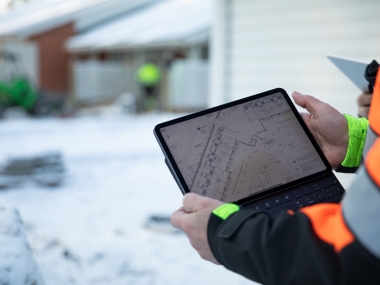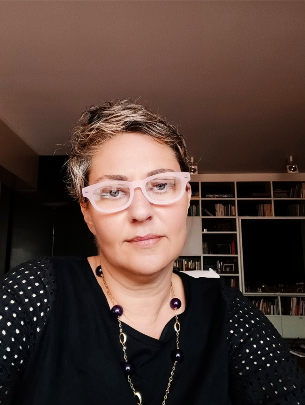THINKING FRESH: OULU IS RE-THINKING THE DIGITAL SERVICE CREATION PROCESS
Edited on
02 July 2021Oulu has a solid foundation for becomig a smart city

THINKING FRESH: OULU IS RE-THINKING THE DIGITAL SERVICE CREATION PROCESS
Oulu has a solid foundation for becoming a smart city; it is an education and trade city with 50 years of know-how in radio technology. We have a multidisciplinary university doing extensive research and product development, and, for centuries already, our city has had its place in international trade by exporting tar, paper, and technology solutions. The products of our northern, real-life living lab have not only made locals’ day-to-day lives smoother but also gifted the world with smart solutions. The advantage is, in addition to our world-class know-how, of course, our unique agility—such as the seamless collaboration between education, research, business, and the public sector.
The MODA project aims to create a new cross-organisational, multi-channel and human-centric operating model for customer services and raise the quality of the services via digitalisation and automation as well as to promote the use of web services via active support, communication and information sharing. The operating model covers all administrative areas and the digital service channels are based on substance, not on organizations.
The cornerstones of the operating model are assigning an end-to-end responsibility for all services and visibility for the development of digital services end-to-end. The model considers the citizen point of view and customer benefits in all digital service development and ensures that the service development is cost-efficient and the provided services effective. It also requires that the enterprise architecture, risk management, information security and compliance are considered in digital service development.
In a financial frame, all experience and end products must be shareable, and all digital services must be available and compliant with the Act on the Provision of Digital Service
The operating model unifies the cross-organisational steering and agile development within a single value stream. When the needs for digital customer services arise from multiple sources and from variety of stakeholders, a joint end-to-end view during development and operations is an efficient way to avoid service silos. The customer experience is driving continuous development and renewal of the services.
The needed competence is built by defining the roles and responsibilities: roles can be unified by combining the job descriptions, key roles for leadership can be divided to cover more functions or departments and one job description can include several roles or more people can have the same role. The responsibilities and tasks belonging to a role can be inter-disciplinary, however each role belongs to a discipline. A role does not describe the organisational position and roles are scalable through competence development, recruitment and sourcing.
The principles for this new operational model is presented in BT Model ( https://www.managebt.org/ ), which is originally developed for the corporate world and is now utilized in city service creation process.
Although the implementation of the new model to a complex city administration has only just begun, we are looking forward the citizens’ positive feedback. This is the way to go!
 Submitted by Josephine Di Pino on
Submitted by Josephine Di Pino on
